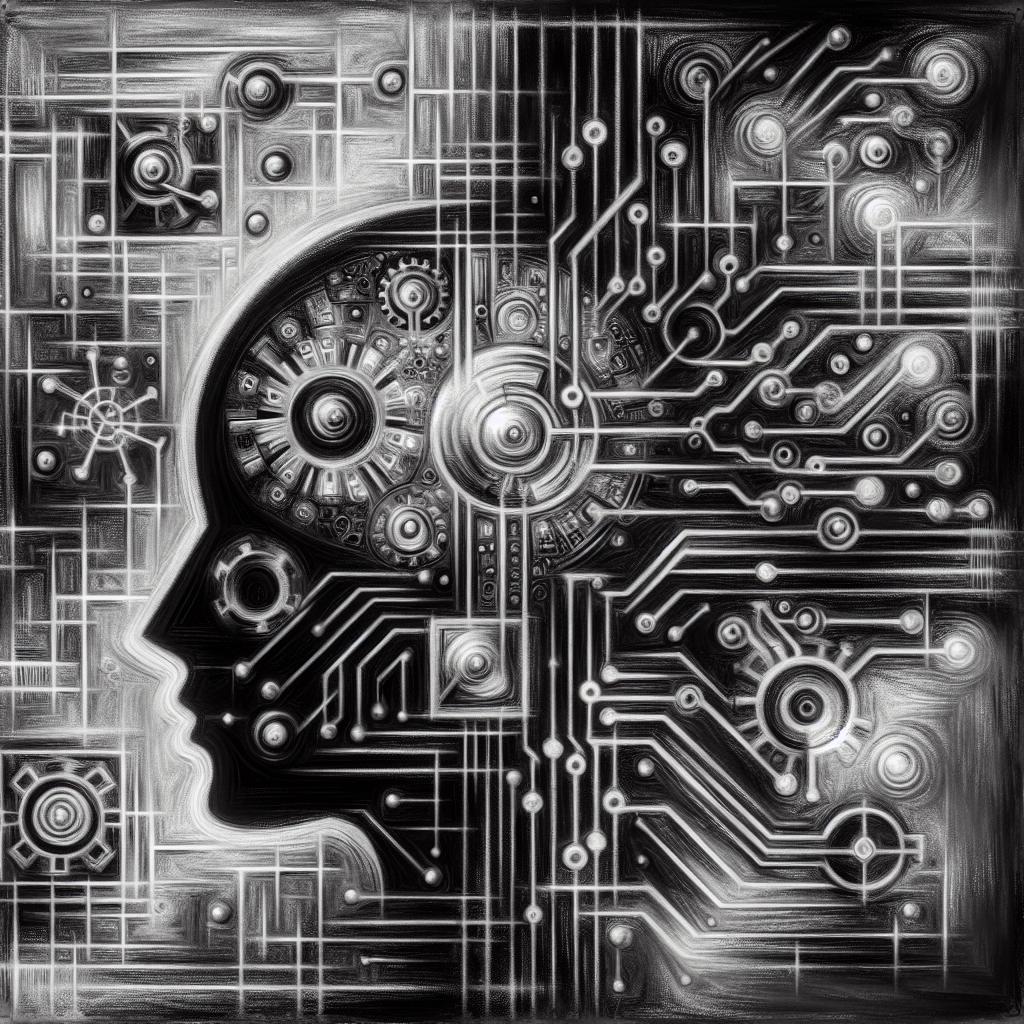Amazon to invest another $4B in Anthropic, OpenAI's biggest rival

New research indicates a strong correlation between childhood trauma and the development of mental health issues later in life. Studies show a higher prevalence of conditions such as depression and anxiety among individuals with a history of adverse childhood experiences.
The severity and type of trauma experienced significantly influence the long-term effects. Complex trauma, involving repeated or prolonged abuse, often leads to more severe and persistent mental health problems compared to single incidents.
Early intervention and access to mental health support are crucial for mitigating the negative consequences of childhood trauma. Therapeutic approaches focusing on trauma-informed care can help individuals process their experiences and build resilience.
Phased Array Microphone (2023)

A 192-channel phased array microphone system uses FPGA data acquisition and GPU beamforming. This innovative setup allows for real-time directional adjustments and focus on numerous points simultaneously, exceeding the capabilities of traditional microphones.
The open-source design includes host software, FPGA gateware, and PCB layouts. The hardware comprises radial arms with multiple MEMS microphones, linked to a central hub containing an FPGA for data collection and processing.
Software processes raw data via CIC filtering and calibration, then utilizes GPU-accelerated beamforming for 2D and 3D visualizations. The system offers directional audio recording and shows promise for applications requiring precise sound source location and analysis.
The Deceptively Asymmetric Unit Sphere

A recent blog post discusses the limitations of the unit sphere in robotics and computer vision, particularly concerning optimization problems. It highlights the challenges posed by the sphere's asymmetry, contrasting it with the simpler optimization in Euclidean space.
The article delves into differential geometry, explaining concepts like tangent bundles and exponential maps, illustrating how these are used to navigate and perform calculations on curved surfaces. It contrasts the intrinsic and extrinsic views of manifolds.
Lie groups, which possess continuous symmetry, are presented as a more efficient alternative for optimization compared to the unit sphere. The blog concludes by showing how the continuous symmetry of Lie groups simplifies optimization, contrasting this with the greater complexity of working with asymmetric manifolds like the unit sphere.
Understanding Google's Quantum Error Correction Breakthrough

Quantum computing faces a significant hurdle: the fragility of qubits. Google's recent breakthrough in Quantum Error Correction (QEC) tackles this by combining multiple physical qubits into more resilient logical qubits, correcting errors before they overwhelm the system. This was achieved by operating below a critical error threshold, a key milestone in the field.
Google's success involves intricate control engineering. Real-time synchronization of control signals within microseconds is crucial, along with high-fidelity gate operations that minimize errors. Their real-time decoder plays a key role, analyzing measurement data and correcting errors promptly to maintain logical qubit stability.
This advancement opens the path for scalable quantum processors. However, challenges remain, especially regarding faster decoding, enhanced error mitigation techniques, and more tightly integrated hardware for both classical and quantum processes. Further research and development in real-time feedback mechanisms will be critical for truly fault-tolerant quantum computers.
Rendering "modern" Winamp skins in the browser

A programmer reverse-engineered Winamp's Maki bytecode to render modern skins in a browser. This involved creating a JavaScript interpreter for Maki, a language used to create interactive Winamp skins.
The project initially focused on parsing XML and Maki bytecode files to create a structured representation, then translating this into a browser-compatible format. Challenges included understanding the Maki bytecode's functionalities and implementing its standard library.
While significant progress was made, full implementation proved difficult due to the complexity of the Maki API. A collaborator helped advance the project, yet complete functionality remains elusive, although an online demo is available.
How decentralized is Bluesky really?

Bluesky's popularity surged recently, prompting comparisons with ActivityPub. While achieving a functional Twitter alternative, it's not meaningfully decentralized or federated. The platform excels at scaling and providing a familiar user experience, attracting users dissatisfied with X-Twitter.
Bluesky's architecture, described as blogs aggregated like a search engine, presents centralization challenges. The system's resource demands for relay nodes escalate rapidly, hindering true decentralization. This contrasts with ActivityPub's message-passing efficiency, which makes self-hosting nodes more feasible.
Bluesky's identity system also shows centralization. It relies on centralized DID methods, creating dependencies on Bluesky's infrastructure for identity management. Despite efforts towards "credible exit", the platform's current architecture limits true decentralization. Future development must focus on robust identity solutions and address potential security issues.
Translating My Grandfather's Biograpy

The author translates his grandfather's Dutch biography, aided by AI tools. The biography, penned in 1946, details the grandfather's life as a minister in wartime Amsterdam, and his subsequent death in Dachau.
Using OCR, the author digitizes the book. He then compares translations from DeepL and Claude, another AI, with a previous translation. Challenges arise with idioms and archaic phrasing, requiring manual review and consultation with Dutch speakers.
The final English translation, now online, incorporates adjustments, added context and annotations. This process reveals the strengths and limitations of AI in translation, highlighting the value of human verification and refinement in achieving accurate and nuanced results.
Private School Labeler on Bluesky

Een nieuwe applicatie op het sociale mediaplatform Bluesky plakt labels op profielen van Britse publieke figuren, met vermelding van hun privéschool en de bijbehorende kosten.
De labels zijn alleen zichtbaar voor gebruikers die zich hebben aangemeld voor deze functie. De makers van de applicatie beargumenteren dat de informatie, ongeacht financiële ondersteuning, privileges weergeeft.
Hoewel er potentieel misbruik mogelijk is, vergelijken critici de applicatie met het maken van een website met dezelfde informatie, en wijzen op andere gelijkaardige toepassingen op het platform.
How did you do on the AI art Turing test?

A recent online survey tasked 11,000 participants with distinguishing between human-made and AI-generated art across various styles. The average accuracy was only slightly better than random chance, suggesting difficulty in identifying AI art based solely on subtle stylistic differences.
Participants often misclassified artwork based on preconceived notions about artistic style, rather than intrinsic qualities. For instance, Impressionist paintings were overwhelmingly classified as human-created, even when AI-generated. Conversely, human-made digital art was frequently mistaken for AI.
Despite many participants expressing dislike for AI art, their choices often favored AI pieces even when unaware of their origin. A subset of participants, particularly professional artists who disliked AI art, showed better accuracy, perhaps due to a keen eye for minute artistic inconsistencies. High scores were rare, pointing to exceptional abilities in some individuals.
MIT researchers develop an efficient way to train more reliable AI agents

MIT researchers developed a new, efficient method for training AI agents using reinforcement learning. The technique addresses the issue of AI models struggling with variations in complex tasks, improving their reliability.
Unlike traditional methods, this algorithm strategically selects training tasks for maximum performance, reducing training costs considerably. Tests show it's five to 50 times more efficient than existing techniques.
The improved efficiency translates to faster learning and better AI performance. Future applications are planned for real-world problems, particularly in next-generation mobility systems.